-
 bitcoin
bitcoin $112195.049338 USD
2.42% -
 ethereum
ethereum $4124.915858 USD
2.81% -
 tether
tether $1.000570 USD
0.02% -
 xrp
xrp $2.861568 USD
2.25% -
 bnb
bnb $1000.346670 USD
3.04% -
 solana
solana $209.070819 USD
3.38% -
 usd-coin
usd-coin $0.999870 USD
0.02% -
 dogecoin
dogecoin $0.235379 USD
2.65% -
 tron
tron $0.335681 USD
-0.20% -
 cardano
cardano $0.803501 USD
3.38% -
 hyperliquid
hyperliquid $47.120881 USD
3.56% -
 chainlink
chainlink $21.501300 USD
3.44% -
 ethena-usde
ethena-usde $1.000571 USD
0.02% -
 avalanche
avalanche $29.793378 USD
3.62% -
 stellar
stellar $0.366964 USD
2.42%
What Is a Bonding Curve?
Bonding curves, used in decentralized finance to create assets with elastic supply, allow for stable pricing and incentivize trading at optimal times to maintain a stable asset value.
Oct 17, 2024 at 05:05 am
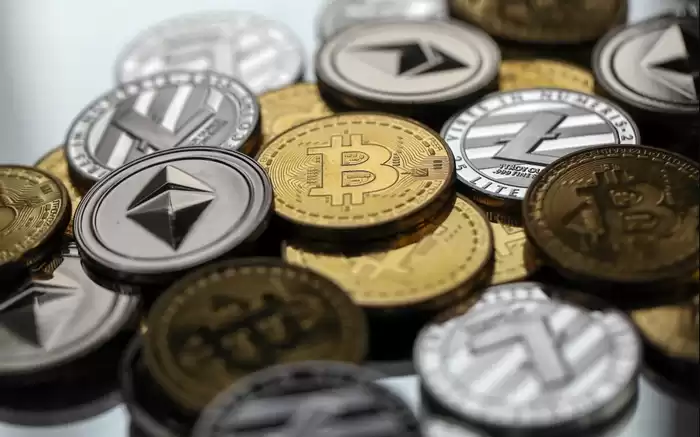
What Is a Bonding Curve?
A bonding curve is a mathematical formula that defines the price of an asset (usually a token) in relation to its supply. Bonding curves are used in decentralized finance (DeFi) to create assets with elastic supply, meaning that the supply of the asset can increase or decrease as needed.
How Bonding Curves Work
Bonding curves work by setting a target price for an asset. When the price of the asset is below the target price, buyers can purchase the asset at a discount. When the price of the asset is above the target price, sellers can sell the asset at a premium.
Bonding curves are designed to incentivize buyers to purchase assets when the price is low and to incentivize sellers to sell assets when the price is high. This helps to stabilize the price of the asset around the target price.
Types of Bonding Curves
There are a variety of different bonding curves that can be used, each with its own advantages and disadvantages. Some of the most common bonding curves include:
- Linear bonding curve: This is the simplest type of bonding curve. It sets a fixed price for the asset regardless of the supply.
- Exponential bonding curve: This type of bonding curve sets a higher price for the asset as the supply increases.
- Sigmoidal bonding curve: This type of bonding curve sets a curve that reaches a limit as the supply increases.
Applications of Bonding Curves
Bonding curves are used in a variety of DeFi applications, including:
- Stablecoins: Stablecoins are cryptocurrencies that are designed to maintain a fixed price. Bonding curves can be used to create stablecoins by ensuring that the supply of the stablecoin decreases when the price falls and increases when the price rises.
- Decentralized exchanges: Bonding curves can be used to create decentralized exchanges (DEXs) that allow users to trade cryptocurrencies without the need for a middleman.
- Initial coin offerings (ICOs): Bonding curves can be used to create ICOs that allow investors to purchase tokens at a price that is determined by the supply of tokens.
Advantages of Bonding Curves
Bonding curves offer some advantages over traditional pricing mechanisms, such as:
- Elasticity: Bonding curves allow the supply of an asset to increase or decrease to meet demand, which helps to stabilize the price.
- Decentralization: Bonding curves can be implemented on the blockchain, which eliminates the need for a central authority to control the price of an asset.
- Immutability: Once a bonding curve is deployed, it cannot be changed, which provides certainty for buyers and sellers.
Disclaimer:info@kdj.com
The information provided is not trading advice. kdj.com does not assume any responsibility for any investments made based on the information provided in this article. Cryptocurrencies are highly volatile and it is highly recommended that you invest with caution after thorough research!
If you believe that the content used on this website infringes your copyright, please contact us immediately (info@kdj.com) and we will delete it promptly.
- PM Modi, RSS Centenary, and a Postage Stamp: A Curious Intersection
- 2025-09-29 18:45:12
- Ethereum ETF, Bitcoin ETF, and Investor Nerves: A New York Minute on Crypto
- 2025-09-29 18:25:14
- Ripple, Ondo Finance, and Tokenized Treasuries: A New Era for Institutional DeFi
- 2025-09-29 19:05:13
- Navigating the Crypto Seas: Federal Reserve, Bitcoin, and Interest Rate Tides
- 2025-09-29 18:25:14
- RSS Centenary: A Commemorative Coin and a Century of Impact
- 2025-09-29 18:45:12
- Avantis Crypto Price Crash Amidst Soaring Perpetual Volume: What's Going On?
- 2025-09-29 18:30:01
Related knowledge
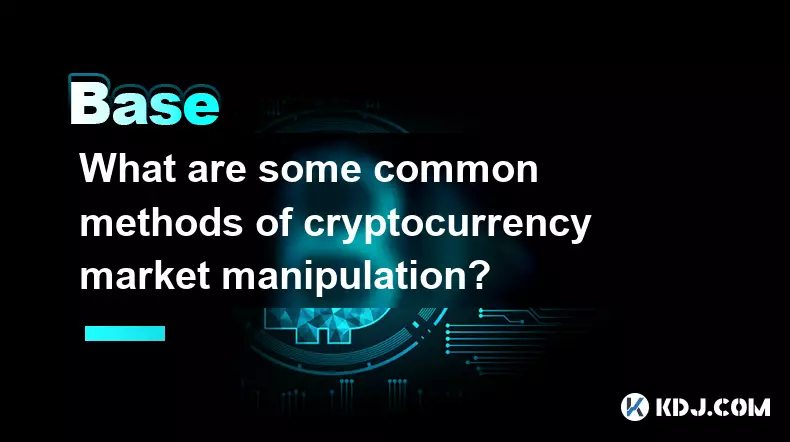
What are some common methods of cryptocurrency market manipulation?
Sep 27,2025 at 02:55am
Wash Trading and Its Impact on Market Perception1. Wash trading involves an individual or entity simultaneously buying and selling the same cryptocurr...
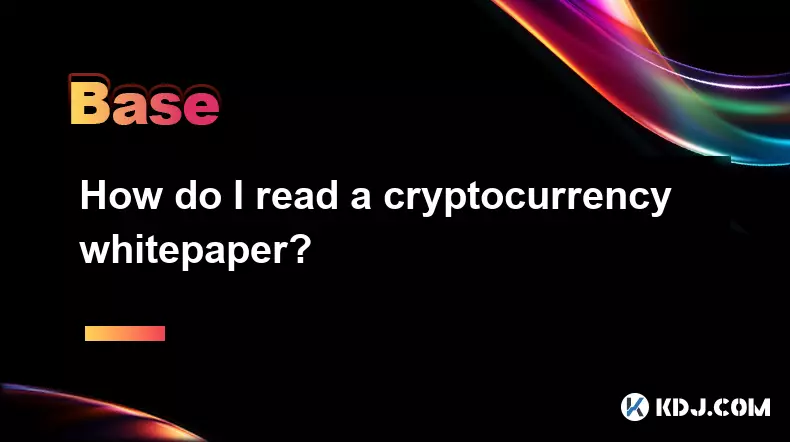
How do I read a cryptocurrency whitepaper?
Sep 27,2025 at 05:54am
Understanding the Structure of a Cryptocurrency Whitepaper1. Begin by identifying the executive summary, which outlines the project’s core vision and ...
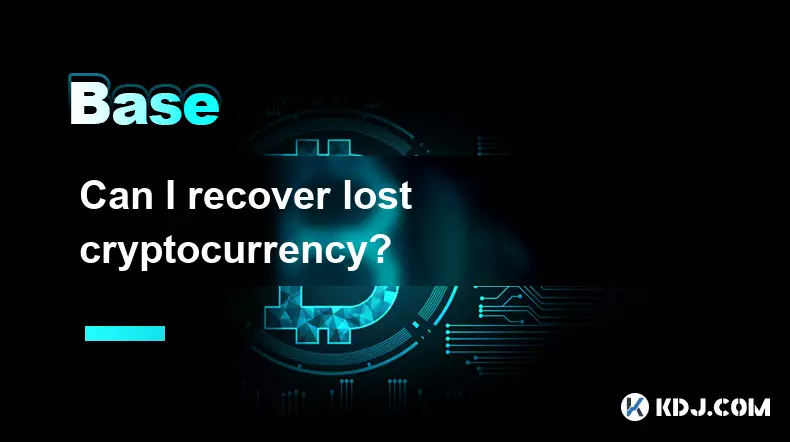
Can I recover lost cryptocurrency?
Sep 25,2025 at 08:18am
Understanding the Nature of Cryptocurrency Loss1. Cryptocurrency operates on decentralized networks, meaning there is no central authority to reverse ...
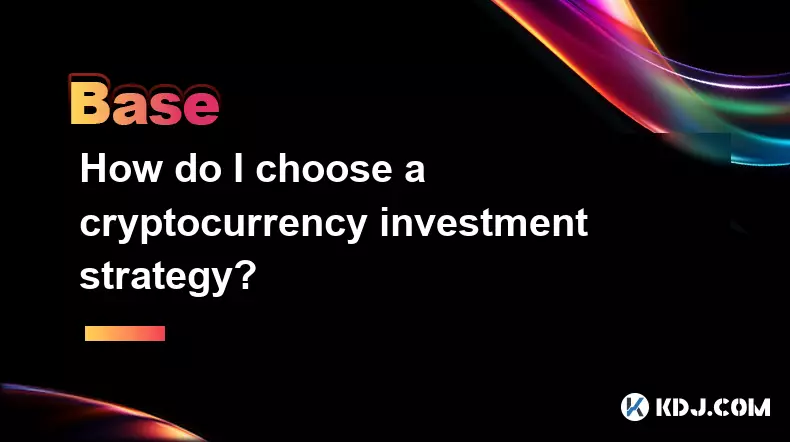
How do I choose a cryptocurrency investment strategy?
Sep 27,2025 at 03:55pm
Understanding Risk Tolerance in Crypto Investing1. Assessing personal risk tolerance is a foundational step when entering the cryptocurrency market. V...
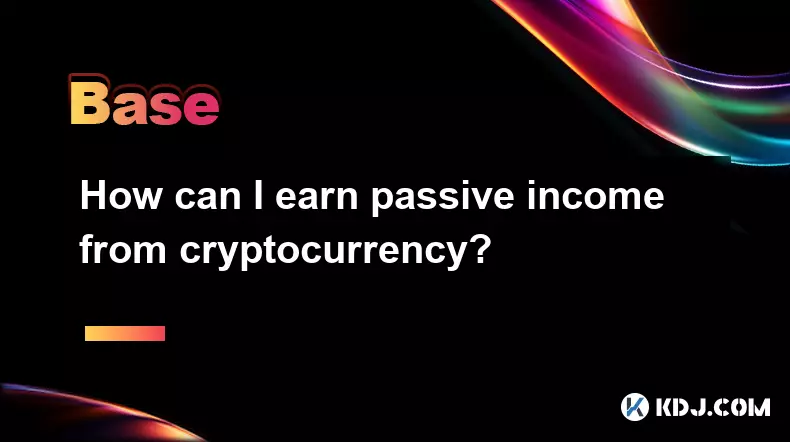
How can I earn passive income from cryptocurrency?
Sep 23,2025 at 10:18am
Staking Cryptocurrencies for Regular Returns1. Many blockchain networks operate on a proof-of-stake (PoS) consensus mechanism, allowing users to earn ...
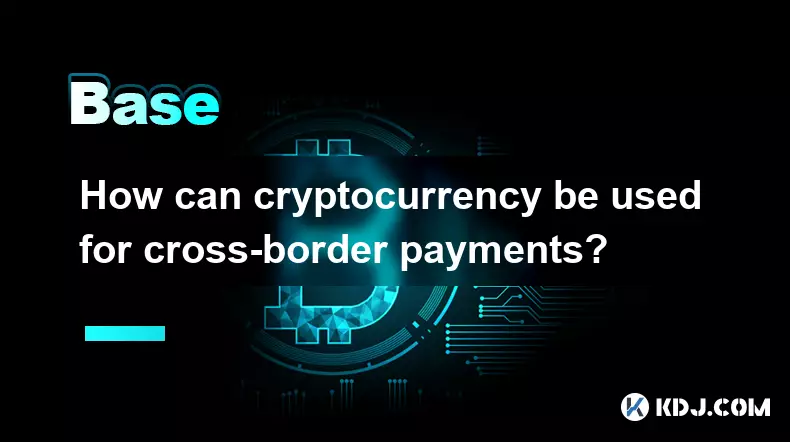
How can cryptocurrency be used for cross-border payments?
Sep 28,2025 at 01:36am
Efficiency in International Transactions1. Cryptocurrency enables near-instant settlement across borders without relying on traditional banking interm...

What are some common methods of cryptocurrency market manipulation?
Sep 27,2025 at 02:55am
Wash Trading and Its Impact on Market Perception1. Wash trading involves an individual or entity simultaneously buying and selling the same cryptocurr...

How do I read a cryptocurrency whitepaper?
Sep 27,2025 at 05:54am
Understanding the Structure of a Cryptocurrency Whitepaper1. Begin by identifying the executive summary, which outlines the project’s core vision and ...

Can I recover lost cryptocurrency?
Sep 25,2025 at 08:18am
Understanding the Nature of Cryptocurrency Loss1. Cryptocurrency operates on decentralized networks, meaning there is no central authority to reverse ...

How do I choose a cryptocurrency investment strategy?
Sep 27,2025 at 03:55pm
Understanding Risk Tolerance in Crypto Investing1. Assessing personal risk tolerance is a foundational step when entering the cryptocurrency market. V...

How can I earn passive income from cryptocurrency?
Sep 23,2025 at 10:18am
Staking Cryptocurrencies for Regular Returns1. Many blockchain networks operate on a proof-of-stake (PoS) consensus mechanism, allowing users to earn ...

How can cryptocurrency be used for cross-border payments?
Sep 28,2025 at 01:36am
Efficiency in International Transactions1. Cryptocurrency enables near-instant settlement across borders without relying on traditional banking interm...
See all articles










































































